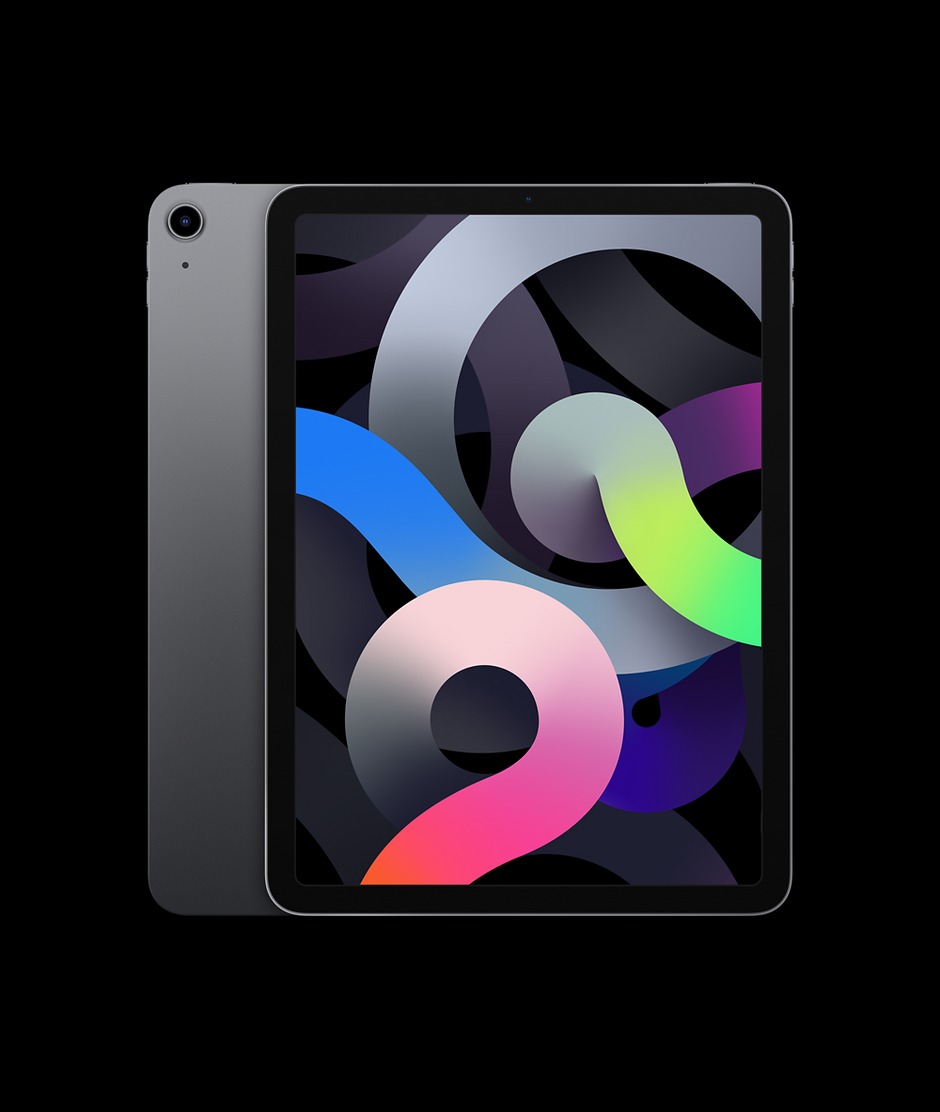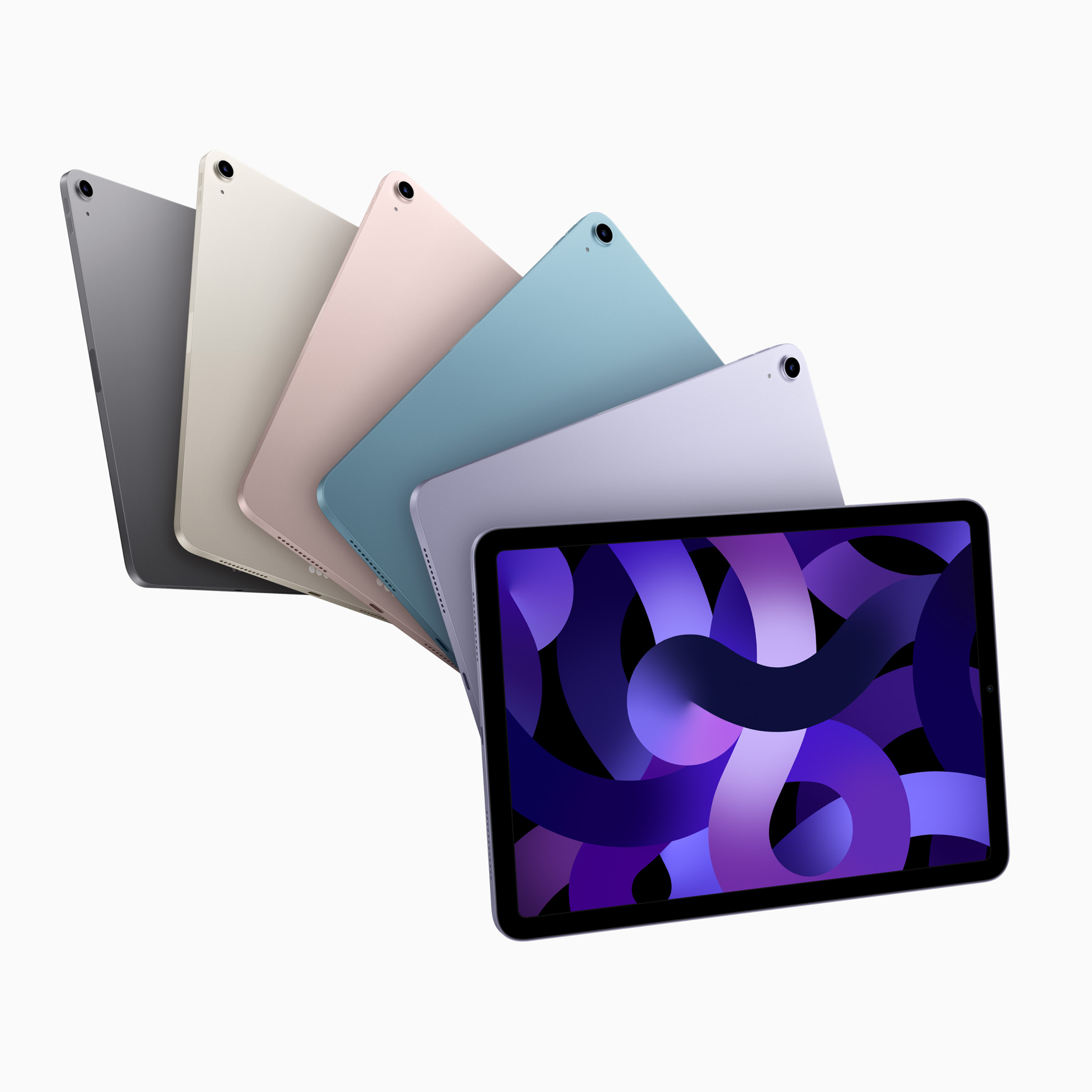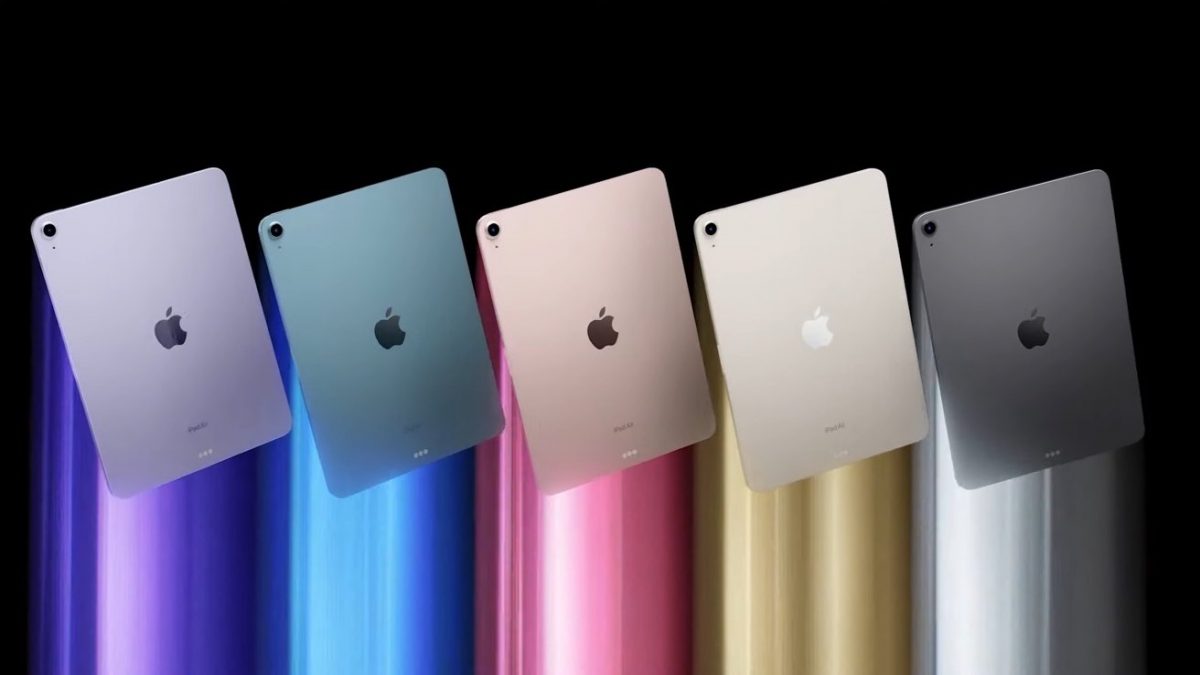In March 2022, Apple unveiled the iPad Air 5th generation, also dubbed iPad Air 2022, at the Peek Performance event. Here’s how the new iPad stacks up against the older, fourth-generation iPad Air.
iPad Air 5 (2022) vs iPad Air 4 (2020)
We compared their dimensions, display, processing speed, connectivity, and other factors to see which one is the most valuable on paper. The new iPad Air will be available for purchase beginning March 11, 2022.
What didn’t change on iPad Air 5?
Dimensions
The fifth-generation iPad Air got only internal modifications, so the outside of the device is unchanged. It has a similar overall appearance, with little change in weight. The fourth- and fifth-generation versions are 9.74 inches tall and 7.02 inches wide, with dimensions that are almost identical at 0.24 inches thick. However, both Wi-Fi and cellular variants of the newer model are 1 gram heavier than its predecessor. Even if you look at these two devices and claim to be able to tell the difference, it’s difficult for others to notice any differences when looking at them head-on.
Display
The fourth-generation iPad Air and fifth-generation model both have a 10.9-inch Liquid Retina Display with LED backlighting with the same resolutions of 2,360 by 1,640 pixels and 264ppi density. Both models also have the same brightness ratings at 500 nits. For a more natural viewing experience, Apple said that the newer offering will support TrueTone.

Apple Pencil
The new model, like the previous one, supports the second-generation Apple Pencil.
Battery
The iPad Air 4 and 5th generation utilize Apple’s standard tablet duration of up to 10 hours of web surfing on Wi-Fi or video watching. Each features a 20W USB-C power adapter for power.
Touch ID
Touch ID is still used for biometric authentication on the newer version.
Smart Connector
Both versions include Smart Connector, so they may be used with the Magic Keyboard and Smart Keyboard Folio.
What did change on iPad Air 5?
Processor
According to Apple, the newest iPad Air is up to 60 percent faster than its predecessor and has double the graphical capability owing to the M1 processor. The M1 chip in the latest iPad Air is the same desktop-class CPU used in the iPad Pro series. It includes an eight-core CPU, an 8-core GPU, and a 16-core “next-generation” Neural Engine. The A14 Bionic is the CPU in the older iPad Air. It has a six-core CPU with two high-performance cores and four energy-efficient cores, as well as a four-core Apple-designed GPU and a 16-core Neural Engine.
Cameras
The new iPad Air’s rear camera is the same as on the previous generation: a 12-megapixel wide camera with an f/1.8 aperture, 5x digital zoom, and 4K60 video capture. However, on the iPad Air 5, the 7-megapixel FaceTime HD camera has been dropped in favor of a 12-megapixel Ultra-Wide version on the front. It also features 2x zoom out as part of this upgrade. The new camera also supports Center Stage, allowing video chats and meetings to be more engaging.

Connectivity
Both tablets feature USB-C connections for physical connections like video output to an external display and storage devices. Each tablet also supports Wi-Fi 6 and Bluetooth 5.0, which are identical across both models. The fifth-generation iPad Air has 5G connectivity, but it only works on sub-6GHz bands because of its lower frequency. There is no support for mmWave on the new version.
Color options for the new iPad Air 5
The new iPad Air comes in five distinct colors:
- Space Grey
- Starlight
- Pink
- Purple
- Blue

iPad Air 5 Prices
The current pricing is as follows:
Wi-Fi-only iPad Air 5:
- 646GB for $599 in the US
- 256GB $749 in the US
iPad Air 5 cellular models cost an extra $150:
- 64GB model for $749 in the US
- 256GB model for $899 in the US
The new iPad Air 5 is identical in size and display to the previous iPad Air, sitting between the regular iPad and the iPad Pro. The improved processor and performance, as well as upgraded cameras, are enough to entice potential buyers. Both tablets are appealing, but one is clearly superior for the same price.
Pre-order iPad Air 5 here.





